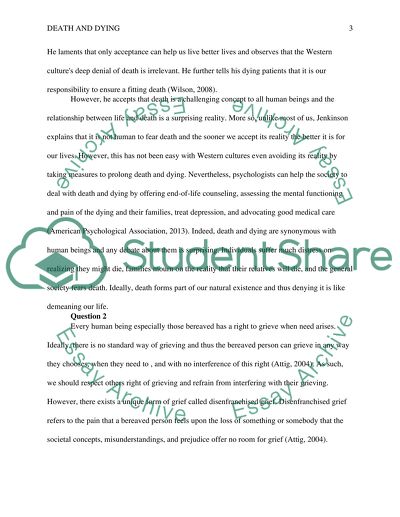Cite this document
(“Death and Dying Essay Example | Topics and Well Written Essays - 2250 words”, n.d.)
Retrieved from https://studentshare.org/psychology/1475664-death-and-dying
Retrieved from https://studentshare.org/psychology/1475664-death-and-dying
(Death and Dying Essay Example | Topics and Well Written Essays - 2250 Words)
https://studentshare.org/psychology/1475664-death-and-dying.
https://studentshare.org/psychology/1475664-death-and-dying.
“Death and Dying Essay Example | Topics and Well Written Essays - 2250 Words”, n.d. https://studentshare.org/psychology/1475664-death-and-dying.


